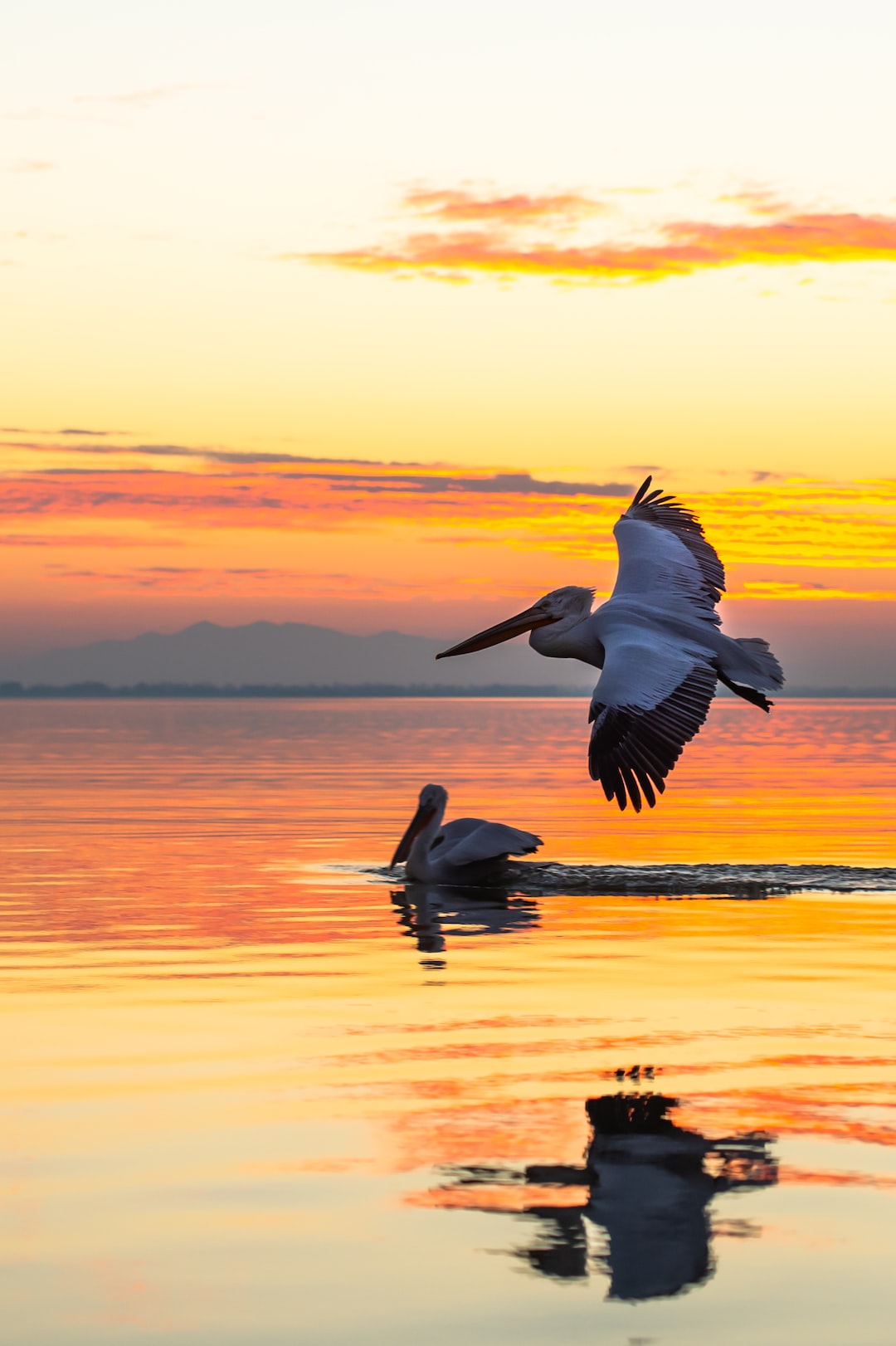Protecting Wildlife: The Role of Conservation Organizations
Wildlife plays a crucial role in maintaining the delicate balance of our planet’s ecosystem. From pollination to controlling pests, animals contribute in numerous ways to the functioning and wellbeing of our natural environment. However, due to a range of factors such as habitat destruction, poaching, and climate change, many species are facing the threat of extinction. This is where the vital work of conservation organizations comes into play.
Conservation organizations are dedicated to protecting and preserving wildlife species and their habitats. Through their extensive research, advocacy, and fieldwork, these organizations play a pivotal role in raising awareness about the importance of wildlife and implementing effective measures to ensure their survival. Let’s explore in detail the different ways in which conservation organizations safeguard our planet’s biodiversity.
One of the primary functions of conservation organizations is conducting research and monitoring wildlife populations. By examining population sizes, migration patterns, and breeding habits, scientists can gain a better understanding of the specific needs and vulnerabilities of different species. This knowledge is crucial for developing effective conservation strategies to safeguard these species from extinction. Furthermore, research also helps in identifying the impacts of climate change and other threats on wildlife, ultimately guiding efforts to mitigate and adapt to these challenges.
Conservation organizations are also deeply involved in raising public awareness and education about wildlife. Through various communication channels, including social media campaigns, documentaries, and educational programs, they inform the public about the importance of protecting endangered species and their habitats. By fostering empathy and understanding for wildlife, conservation organizations aim to inspire individuals to support their cause. Education plays a significant role in encouraging responsible behavior, such as avoiding the purchase of products derived from endangered species or supporting sustainable ecotourism.
In addition to research and education, conservation organizations engage in practical on-the-ground conservation efforts. This includes the establishment and management of protected areas, which serve as havens for wildlife. Protected areas can range from small nature reserves to vast national parks, ensuring the long-term survival of numerous species. These areas not only provide a safe habitat but also enable conservationists to monitor and protect populations from poaching and other illegal activities.
Furthermore, conservation organizations collaborate with local communities to promote sustainable practices that benefit both wildlife and humans. By providing alternative income sources and raising awareness about the value of wildlife, these organizations help alleviate economic pressures on local populations, reducing the need for destructive activities like illegal hunting and logging. Through initiatives such as sustainable farming, agroforestry, and eco-tourism, conservation organizations are fostering harmony between humans and wildlife.
Another crucial role of conservation organizations is lobbying governments and policy-makers to enact legislation that protects wildlife. By advocating for stronger laws against poaching, habitat destruction, and illegal trade, these organizations contribute to strengthening the legal framework for wildlife protection. They also work towards incorporating wildlife conservation into national and international agendas, influencing policies that impact biodiversity conservation and sustainable development.
Lastly, conservation organizations play a significant role in providing financial support for wildlife conservation projects. Through fundraising efforts and grant programs, they raise funds to undertake initiatives such as habitat restoration, species reintroduction, and community-based conservation programs. These financial resources enable the implementation of vital projects that protect wildlife and their habitats.
In conclusion, the role of conservation organizations in protecting wildlife cannot be underestimated. Through their research, education, on-the-ground efforts, lobbying, and funding, these organizations are at the forefront of safeguarding our planet’s biodiversity. However, protecting wildlife is a collective responsibility. Individuals, communities, and governments must actively support and collaborate with these organizations to ensure a sustainable future for both humans and wildlife alike. Only by working together can we protect our precious natural heritage for generations to come.

